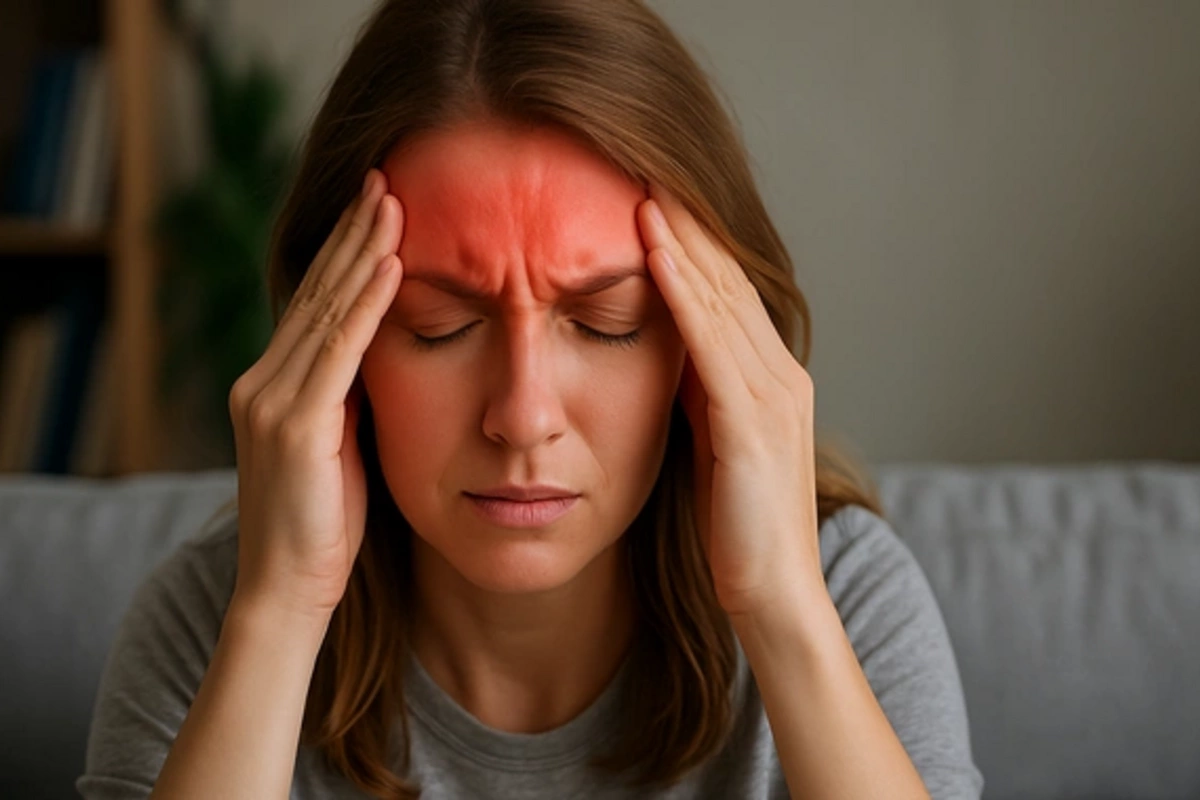25 Apr , 13:13
0

World Meningitis Day: an invisible threat requiring immediate action
Today, April 24, the global community observes World Meningitis Day – a disease that can develop rapidly and pose a deadly threat. According to the World Health Organization, this disease claims the lives of approximately 125 thousand people worldwide annually. Infants under one year and elderly people are at particular risk, with a mortality rate reaching a critical 30%.
Meningitis is an inflammatory process in the membranes of the brain and spinal cord. The disease is divided into infectious (caused by viruses, bacteria, fungi) and non-infectious (occurring, for example, after traumatic injuries). Bacterial meningitis is considered the most severe form, which can lead to seizures, loss of hearing, vision, and even death within just a few hours.
The primary risk groups include:
children under 5 years,
elderly over 65,
patients with immunodeficiency,
students and military personnel (due to crowded living conditions),
people who have suffered head injuries or surgeries,
smokers and those who have had acute respiratory viral infections.
The main transmission route for meningitis is airborne droplets, especially in enclosed spaces: offices, kindergartens, barracks. The incubation period of the disease is extremely short, and symptoms develop rapidly. In some cases, only a few hours may pass from the appearance of the first signs to death.
Viral - relatively mild, similar to the flu.
Bacterial - the most dangerous, requires urgent hospitalization.
Fungal - develops slowly, more common in people with immunodeficiency.
Tuberculous - rare but severe, occurs in patients with active tuberculosis.
high temperature,
vomiting and headache,
drowsiness, refusal to eat,
sensitivity to light,
skin rash,
tension in the neck.
acute headache,
fever, chills, sweating,
stiffness in neck muscles,
confused speech, loss of consciousness,
vision disturbances.
If meningitis is suspected, it is necessary to seek medical help immediately. Diagnosis includes comprehensive tests and lumbar puncture. The treatment regimen, including antibiotics, antiviral or antifungal drugs, is determined depending on the type of pathogen causing the disease.